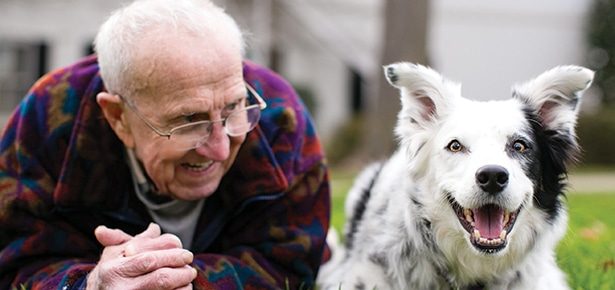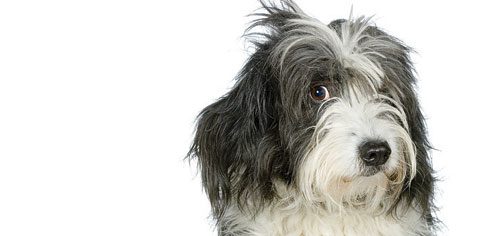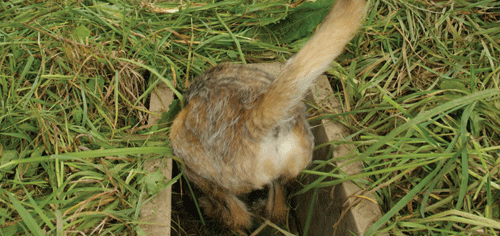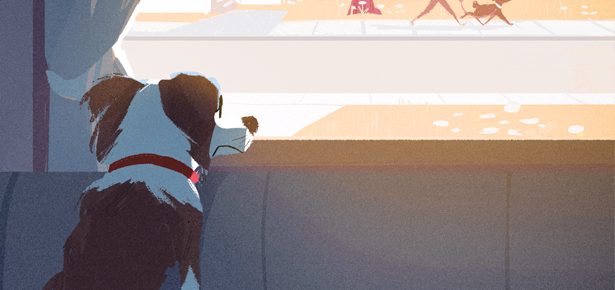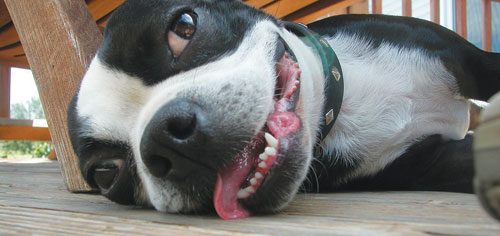

Ask an Expert – Dogs and Kids
How to stop your dog from chasing and nipping children.
Q: We recently added a new member to our family, a four-year-old Miniature Dachshund. Pelly is a lovely little dog BUT she keeps running and nipping after my children (4 and 6), who squeal and run away. My kids think it’s funny but I’m worried about the behaviour escalating and someone getting bitten. How can I stop the chasing and nipping before I have a problem on my hands? —Nipped in North Bay
A:Kids and dogs are as well suited for one another as meat and potatoes or apple pie and ice cream. This nostalgic notion sweeps us into the perfect mommy fairytale daydream of “a boy and his dog.” Then, poof, daydream ends and the mania begins. I’m speaking not only as a dog trainer, but as a mama of two toddlers.
Children run, and dogs chase. Children squeal and dogs bark. The combination can be quite “enthusiastic” (to put a positive spin on it!). It warrants 24/7 supervision and guidance.
Your question doesn’t give me all of the puzzle pieces, but if you feel the chasing is anxiety-fear driven, I strongly suggest working with a humane dog trainer to assess the situation. Seek a trainer through The Association of Pet Dog Trainers (apdt.org). If you aren’t sure, err on the side of caution and bring in a trainer to help you. Working with a trainer may also be helpful and fun for your children to learn and to accept information from an exciting third party (versus their boring parent whom they hear and see all day, each day).
Meanwhile, try the Harmonious House Plan, as described below.
The Parent. Your job is to recognize everyone’s mental ability, limits, and understanding of normal behaviour. You cannot entirely change the creatures, but you can manage them, guide them, and create an environment to keep everyone safe. You MUST learn the basics of dog body language and early stress signals; visit www.doggonesafe.com. This is an excellent resource site for child-dog bite prevention.
Exercise. Pelly needs daily exercise and places to release her energy appropriately, at least one hour of heart-pumping cardio a day. Parents are a busy bunch; if you feel you cannot do this, hire a walker to help. I cannot stress the importance of exercise for a dog enough.
The Crate. Pelly should have a place where she can go for quiet time and when you cannot supervise her. Four- and six-year-olds have underdeveloped motor skills and their every interaction should be monitored and coached. If you are not interacting with the children and dog, Pelly should be safely confined to her bedroom (crate). Be proactive. If you see the kids are amping up, happily and calmly escort Pelly to her place before things go awry. The crate should be in a quiet area where the children will not release her or tease her.
Energy Outlets. Build up the power of her bedroom by always providing an assortment of things for Pelly to chew on while lounging in her crate. Food-stuffed toys, Flossies, and a raw marrow bone are all great pooch pacifiers.
The Children. Your little cuties with opposable thumbs have a strong ability to learn! You must teach them appropriate and gentle forms of handling Pelly. Give them constructive exercises to interact with her while you supervise. They can cue Pelly to sit, and YOU can reward her for doing so. They may toss a toy for her to chase and YOU may retrieve it from her mouth. Teach them to calmly pet her only when YOU are present and she approaches them (not vice versa). Do not allow them to pick her up and hug her. While “cute,” to humans, dogs do not understand this as a nurturing gesture. Teach your children that, when Pelly is lying down or sleeping, they are not to disturb her.
Finally, from one parent to another, never forget the power of a day’s end bubble bath!
Join the newsletter and never miss out on dog content again!
"*" indicates required fields
By clicking the arrow, you agree to our web Terms of Use and Privacy & Cookie Policy. Easy unsubscribe links are provided in every email.

